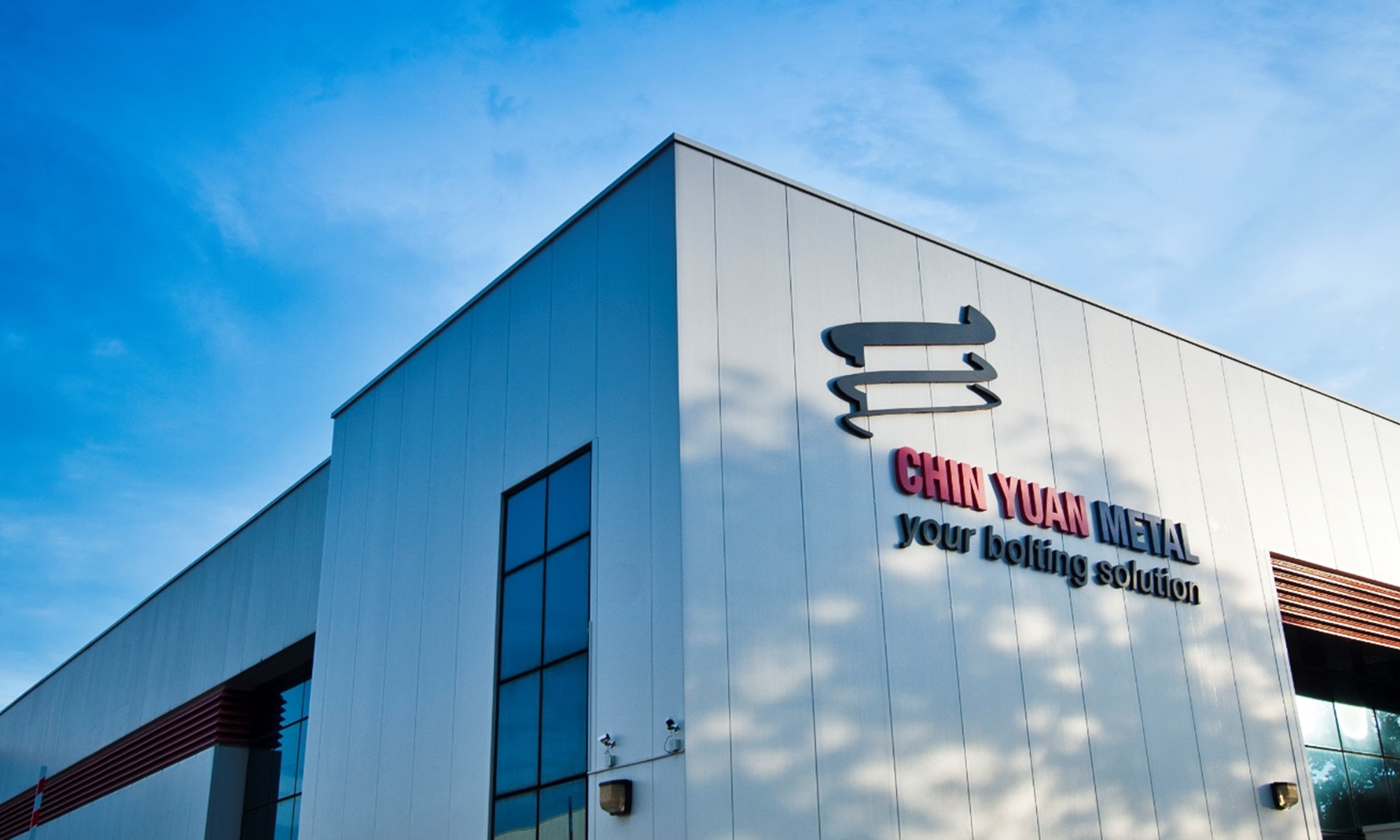Uses Of Anchor Bolt
Anchor Bolt In Construction
All concrete buildings need the most basic construction tools. One of these essential building pieces is an anchor bolt, which is a fastener bolt with a threaded end that is used to attach objects or structures to concrete. It is used on all types of building projects that use concrete. Anchor bolts help make the foundation of the structure stronger and resistant to earthquake.
These bolts can also be used to attach wood framed walls to foundations, keeping the bolts from sliding of and being pulled up. They are also used to transfer horizontal loads from concrete walls to roofs, transfer loads from floor and roof systems to concrete walls or foundations, anchor shear walls and braced wall panels, and attach ledgers, pipes, and cables to concrete.
Types Of An Anchor Bolt
In connecting anchor bolts, the bolt and concrete must both be strong enough. Keep in mind that there are different sizes and shapes of anchor bolts that are fit for specific construction applications. Their sizes vary from ½ inch to 24 inches in length. The most common design is made from steel, but there are also aluminium, bronze, copper, brass, and nickel alloys.
Some of the most common types of anchor bolts are J and L hook bolts, headed bolts, and wedge bolts. J-hook and L-hook bolts are cast-in-place anchors, which mean that they are installed before the concrete is placed. Once the concrete dries, the bolts are secured in place. They are capable of supporting large loads. Another cast-in-place bolt type is a headed bolt. The threaded part of the headed bolt extends above the surface of the concrete, where the washer and nut will be attached.
Wedge bolts, on the other hand, are another type of anchor bolt that are installed in hardened concrete by drilling a hole into the concrete to hold the wedge bolt into place. They consist of a threaded draw bolt and an expanding sleeve, and are more suited to install in solid and stable concrete.
